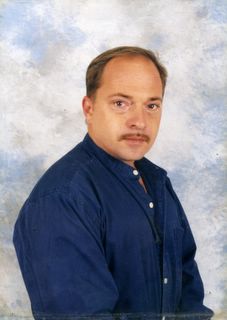Looking at the many websites showing what to pack in Go-kits, they all have at least 3 thing in common:
Pack things that will support your communications, your comfort, and your health.
A ‘go kit’ is a bag or pack that is always packed and ready to go at a moments notice.
Health Contents:
Important Medications – insulin, aspirin, Tylenol
Soap and/or sanitizer
Food and water – High Calorie snack bars, canned meats, tuna
Comfort Contents:
Tent, tarp, Blanket, changes of cloths, flashlight, lantern, matches, eating utensils
Communications Items
Radios (h/t, mobile), antennas, spare battery packs, additional antenna configurations (wire dipoles, j-pole, magmount),
Every List I’ve seen indicates FCC license and copies of radiograms, pens, pencils.
Other equipment suggested in go-kits are binoculars, compass and/or GPS in addition to a map of the area you might be deployed.
The idea is that you might be going camping with the added responsibility of being an emergency communicator.
In this capacity, isn’t it better to be overly prepared than not prepared enough?
The above list is a good place to start preparing. Do your own homework and adjust your contents according to your idea of what might be needed.
Some people put their Go-kits in the trunks of their cars, others put them on a shelf in the closet or garage.
As I noted, they should be ready to go at a moments notice, so packing everything up-to, and including, the kitchen sink, might not be practical.
Here is a link to a site with a detailed list.
What are your thoughts? Leave a comment, or sign my guestbook.
12/17/16 Wood Cutting, Devil Worship interruption, Deal not Honored
-
Interesting dream about a kid with long reddish-brown hair.
He looked like he was around 16 years old. Strange thing about this kid
is that at times in ...
9 years ago




































